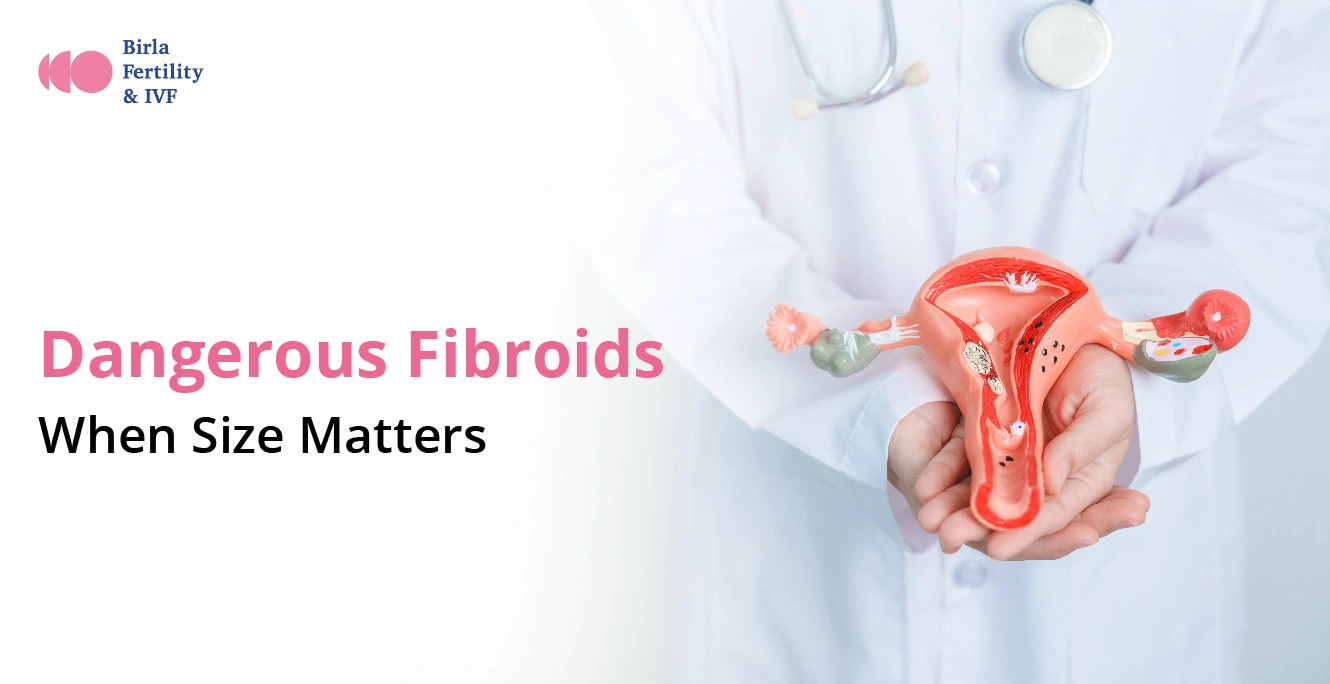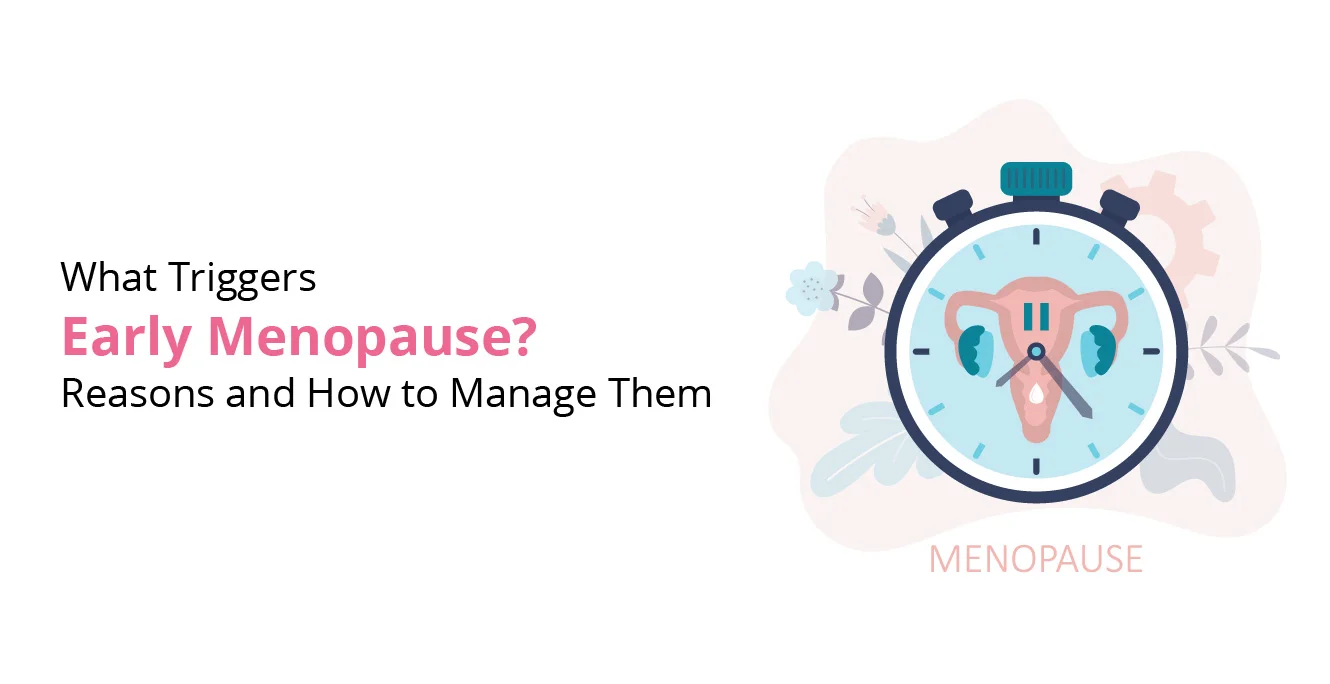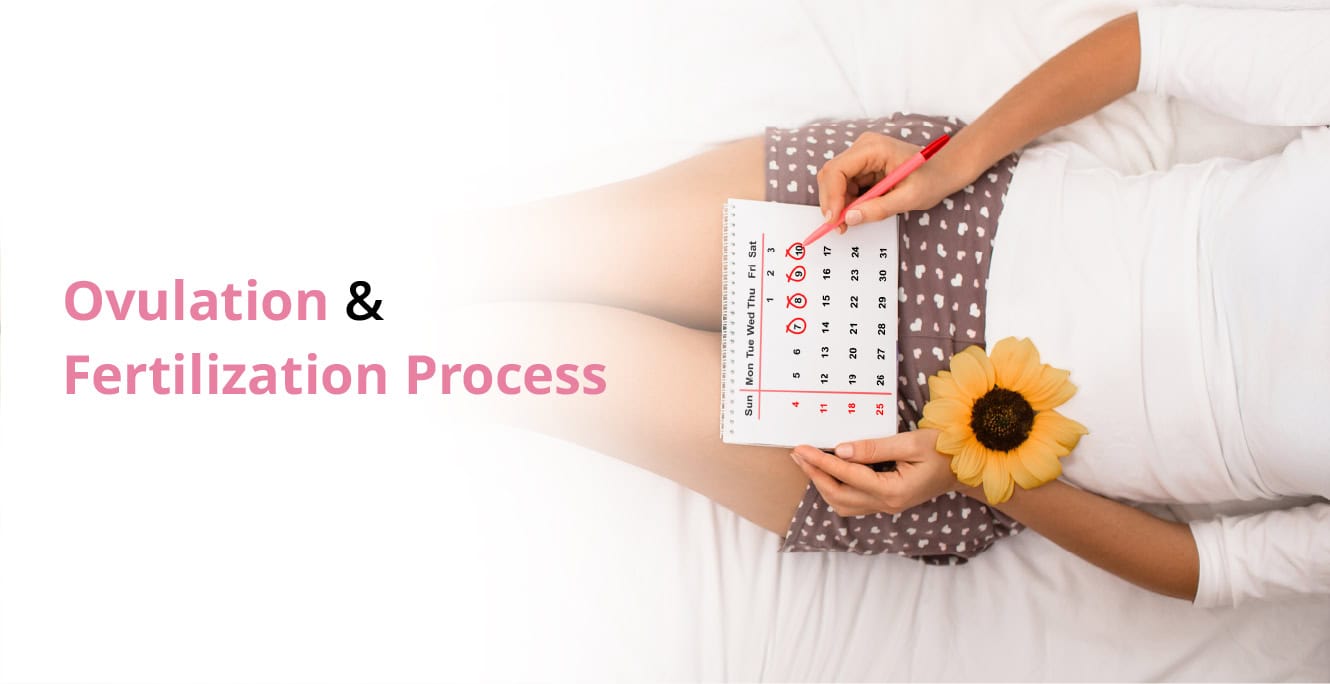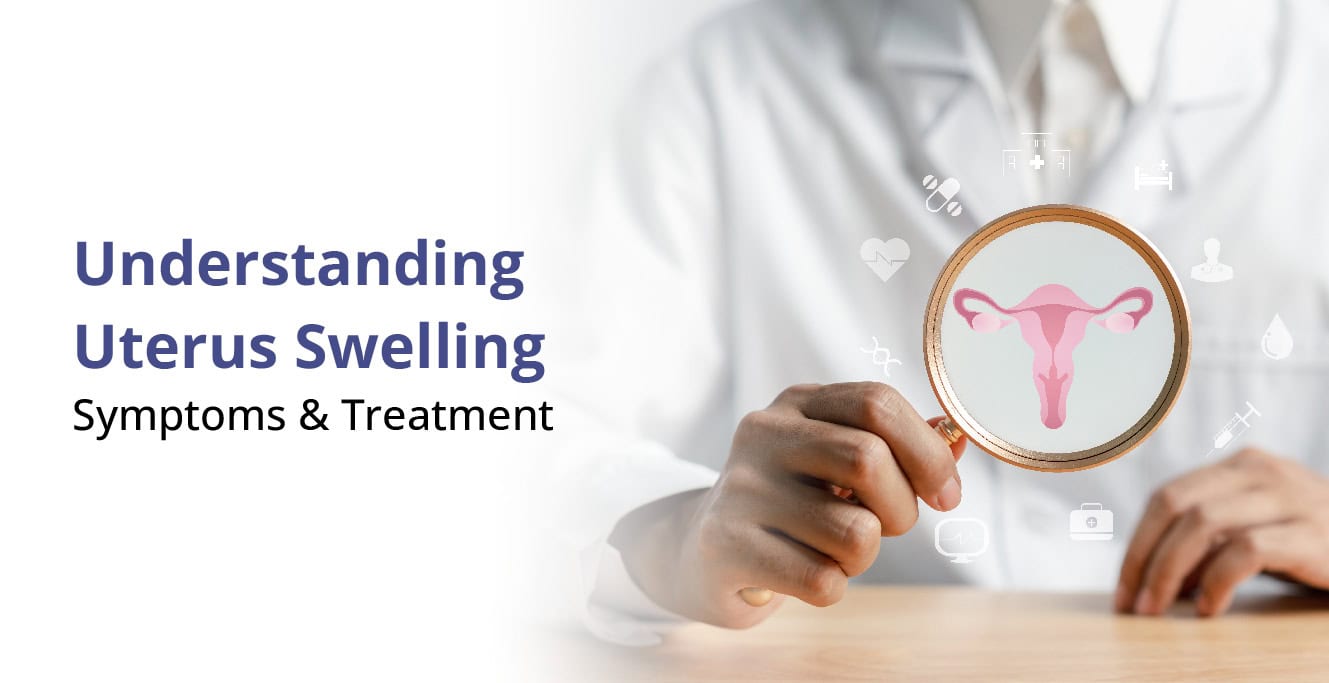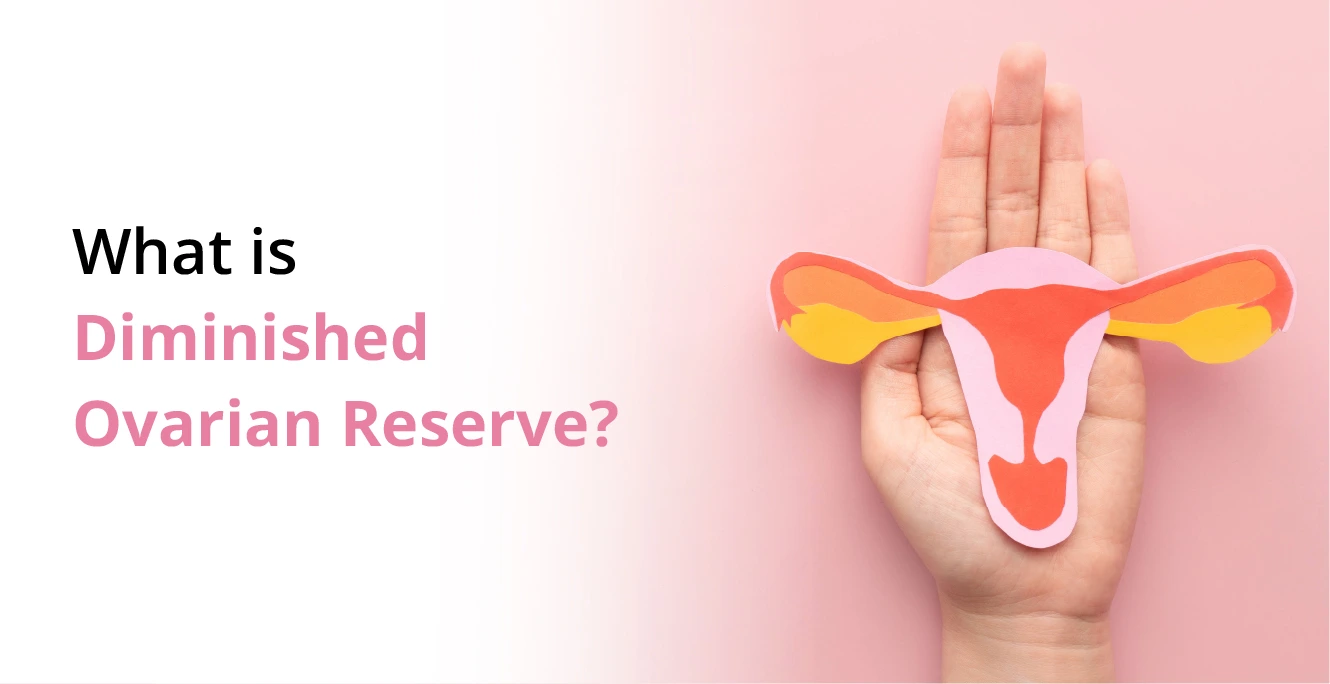
What is Diminished Ovarian Reserve(DOR)? Causes, Symptoms and Treatment

Table of Contents
In a society where knowledge is power, knowing one’s health becomes critical. It is important to pay attention to diminished ovarian reserve, or DOR, especially for women navigating the complex world of fertility. We explore the complexities of DOR in this extensive blog, including information on its causes, symptoms, and available therapies.
What is Diminished Ovarian Reserve (DOR)?
People often get confused with this condition, DOR full form is diminished ovarian reserve, it is a disorder that occurs when a woman’s ovaries produce fewer eggs than one would anticipate given her age. Fertility may be hampered by a decrease in the quantity and quality of eggs, which would make conception more difficult. This disorder can affect younger people as well, although it usually manifests itself in women when they get closer to their late 30s or early 40s.
Causes of Diminished Ovarian Reserve
The following factors are common causes of diminished ovarian reserve:
- Age: It is by far the most important aspect. A woman’s eggs normally decrease in quantity and quality as she ages.
- Genetics: A role is played by genetic variables. The chance of developing early menopause or DOR may rise if there is a family history of the condition.
- Ovarian Surgery or Disease: Ovarian surgeries or specific medical diseases may affect ovarian reserve.
Diminished Ovarian Reserve Symptoms
Diminished Ovarian Reserve (DOR) often progresses silently, and its symptoms may not be immediately apparent. However, there are a few signs that can indicate diminished ovarian reserve symptoms. Some of the common signs and diminished ovarian reserve symptoms are as follows:
- Irregular Menstrual Cycles: Modifications in menstrual cycles, such as shorter menstrual cycles or irregular periods, may indicate a decline in ovarian reserve before symptoms manifest.
- Having Trouble Conceiving: Having trouble getting pregnant is one of the main symptoms, especially for those who are actively trying to conceive. If conception takes longer than anticipated, further research might be necessary.
- Elevated Follicle Stimulating Hormone (FSH) Levels: Decreased ovarian reserve may be indicated by high FSH levels, which are often evaluated on particular days of the menstrual cycle. Increased FSH levels indicate that the ovaries are exerting more effort to promote the creation of eggs.
- Low Anti-Mullerian Hormone (AMH) Levels: The ovaries generate the hormone AMH, and lower-than-normal levels may indicate a reduced ovarian reserve.
- Early Menopause Onset: Lower ovarian reserve may be a contributing factor if menopausal symptoms, such as hot flashes or mood swings, appear earlier than anticipated.
Diagnosis of Diminished Ovarian Reserve
Fertility issues related to diminished ovarian reserve DOR can be managed and addressed with early detection and intervention. A combination of physical exams, certain fertility tests, and medical history evaluations are used to diagnose diminished ovarian reserve or DOR. The following are the main techniques for DOR diagnosis:
Medical History and Physical Examination:
The patient’s medical history, including regularity of the menstrual cycle, prior pregnancies, surgeries, and any pertinent family history of early menopause or reproductive problems, will be discussed by the healthcare professional. It’s possible to perform a physical examination to look for any outward indicators of reproductive health issues.
Ovarian Reserve Testing:
- Blood Tests: Hormonal blood tests are frequently used to measure important hormone levels associated with ovarian function. In order to assess ovarian reserve, levels of the hormones luteinizing hormone (LH) and follicle-stimulating hormone (FSH) are frequently examined on particular days of the menstrual cycle (typically on day 3). Reduced ovarian reserve may be indicated by elevated FSH levels.
- Anti-Mullerian Hormone (AMH) Test: The ovarian follicles produce the hormone AMH, which is measured in this blood test. Reduced ovarian reserve may be indicated by low AMH levels.
- Antral Follicle Count (AFC): This ultrasound-based test counts the follicles in the ovaries that are at rest. Reduced ovarian reserve may be indicated by a decreased AFC.
- The Clomiphene Citrate Challenge Test (CCCT): measures FSH levels on days 3 and 10 of the menstrual cycle following the use of the fertility drug clomiphene citrate. Reduced ovarian reserve may be indicated by an unusual reaction.
Ovarian Biopsy (Optional): To evaluate the follicular density and general health of the ovaries, ovarian tissue may occasionally be biopsied. This is a more intrusive and uncommon diagnostic technique, nevertheless.
It’s important to remember that diagnosing Diminished Ovarian Reserve is a difficult procedure, and medical experts might combine these procedures to give a thorough assessment. Typically, a reproductive endocrinologist or fertility expert manages and diagnoses DOR, walks patients through the process, and discusses possible treatments based on the results. These diagnostic techniques enable proactive fertility control and well-informed decision-making through early identification.
Diminished Ovarian Reserve Treatment
Despite the difficulties presented by diminished ovarian reserve, women can take control of their reproductive journeys by utilising a variety of techniques and interventions.
- Changes in Lifestyle
Modest lifestyle adjustments can make a big difference. Reproductive health can be enhanced by eating a balanced diet, exercising frequently, and maintaining a healthy weight.
- Fertility Preservation
Fertility preservation techniques, such as egg freezing, can be a proactive step to protect the reproductive potential of individuals who are not ready to get pregnant right now.
- Assisted Reproductive Technologies (ART):
For those dealing with diminished ovarian reserve DOR, In vitro fertilization (IVF) and other ART methods provide hope. These innovations can improve the likelihood of a healthy pregnancy and assist in overcoming barriers to fertility.
- Donor Eggs
It might be possible to use donor eggs from a younger, healthy person if the woman’s egg quality is seriously impaired.
Conclusion
Diminished Ovarian Reserve is a complex issue that needs consideration. Our goal is to assist women in their pursuit of reproductive health by raising awareness, disseminating knowledge, and offering empowering alternatives. Let this site serve as a source of information, helping women make wise decisions and have happy, rewarding journeys to motherhood. Beyond therapies, awareness is an effective instrument. Women who are aware of the subtleties of Diminished Ovarian Reserve are better equipped to make decisions regarding their reproductive health. In this process, having a proactive mindset, keeping lines of communication open with healthcare providers, and getting regular checkups are all essential.
Frequently Asked Questions (FAQs)
- What age group is most susceptible to Diminished Ovarian Reserve (DOR)?
DOR mainly strikes women in their late 30s and early 40s, while it can strike younger people as well. Comprehending age-related hazards is essential for anticipatory fertility control.
- Can lifestyle changes improve ovarian reserve?
Maintaining a balanced diet and engaging in regular exercise are just two examples of how adopting a healthy lifestyle can improve reproductive health and possibly lessen the effects of decreased ovarian reserve.
- Are there alternative fertility preservation methods for DOR besides egg freezing?
Yes, there are other methods for maintaining reproductive potential in the presence of DOR besides egg freezing, such as freezing embryos and ovarian tissue.
- How does diminished ovarian reserve impact fertility treatments like IVF?
The effectiveness of reproductive therapies such as in vitro fertilisation (IVF) may be impacted by DOR. Knowing these dynamics enables people to investigate individualised strategies, such as modifying treatment regimens.
Our Fertility Specialists
Related Blogs
To know more
Birla Fertility & IVF aims at transforming the future of fertility globally, through outstanding clinical outcomes, research, innovation and compassionate care.
Had an IVF Failure?
Talk to our fertility experts

 Our Centers
Our Centers




